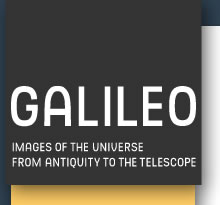


In Galileo's day the continual loss of ships, and indeed of whole fleets, was one of the dramatic consequences of the difficulty of determining longitude at sea. To determine this coordinate, the difference between local time and the time in another reference location had to be ascertained. The solution to the problem lay either in an accurate chronometer, or in establishing the time of predictable celestial phenomena (such as eclipses). No sooner had Galileo discovered Jupiter's satellites than he had the brainwave of using their regular orbits as an extremely accurate "heavenly clock" that would make it possible to establish longitude by comparing the time the planets were hidden behind Jupiter's mass, as given in a set of tables, with local time. He compiled reliable tables and perfected an astonishing analogue computer known as the "jovilabe" to make it easier for people to use them. Convinced that his hunch was right, he entered into negotiations with the Spanish monarchy and with the States-General of the Netherlands to whom he hoped to sell his discovery.
Galileo's method presupposed the availability of an accurate tool for measuring time, so he conceived the idea of using the isochronous oscillations of a pendulum to measure small intervals of time. Christian Huygens (1629-1695) demonstrated that the isochronous pendulum is cycloidal. He built a clock with a cycloidal pendulum in 1673, but it failed to achieve the result he had hoped for. The final solution was provided by the marine chronometer perfected by English clock-builder John Harrison (1693-1776) who finally collected the huge reward offered by the British monarchy in 1772.